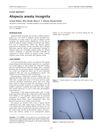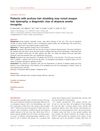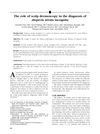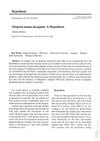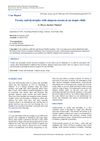Alopecia Areata Incognita: A Comment
August 2011
in “
Clinics
”
Alopecia Areata Incognita AAI Alopecia Areata AA acute telogen effluvium positive pull test trichodynia hair rarefaction modified wash test MWT dystrophic hairs trichograms alopecia totalis androgenetic alopecia AGA telogen escape telogen effluvium pull test hair thinning wash test hair loss patches total hair loss male pattern baldness
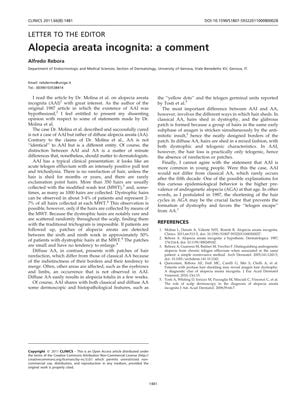
TLDR The author clarified that Alopecia Areata Incognita (AAI) and diffuse Alopecia Areata (AA) are different conditions and the case discussed was actually AA, not AAI.
Alfredo Rebora, the author of the original 1987 article hypothesizing the existence of Alopecia Areata Incognita (AAI), expressed disagreement with Dr. Molina et al.'s article that described and treated a case they identified as AAI. Rebora clarified that the case was actually diffuse Alopecia Areata (AA), not AAI. He emphasized that AAI and AA are distinct conditions, with AAI presenting like acute telogen effluvium, a positive pull test, trichodynia, and no hair rarefaction unless shedding persists for months or years. AAI typically results in the collection of more than 350 hairs in the modified wash test (MWT), sometimes up to 1000, with dystrophic hairs making up 2-7% of these. These dystrophic hairs are rarely found using traditional trichograms. Rebora also noted that approximately 50% of AAI patients with dystrophic hairs at MWT develop small patches of alopecia areata between the sixth and ninth week, which do not tend to enlarge. In contrast, diffuse AA presents with indistinct patches of hair rarefaction that may lead to alopecia totalis and can affect other areas like eyebrows and limbs, unlike AAI. Rebora disagreed with the claim that AAI is more common in young people, suggesting that its occurrence in older individuals might be related to the higher prevalence of androgenetic alopecia (AGA) at that age, which could prevent dystrophy and favor a "telogen escape" from AA.
